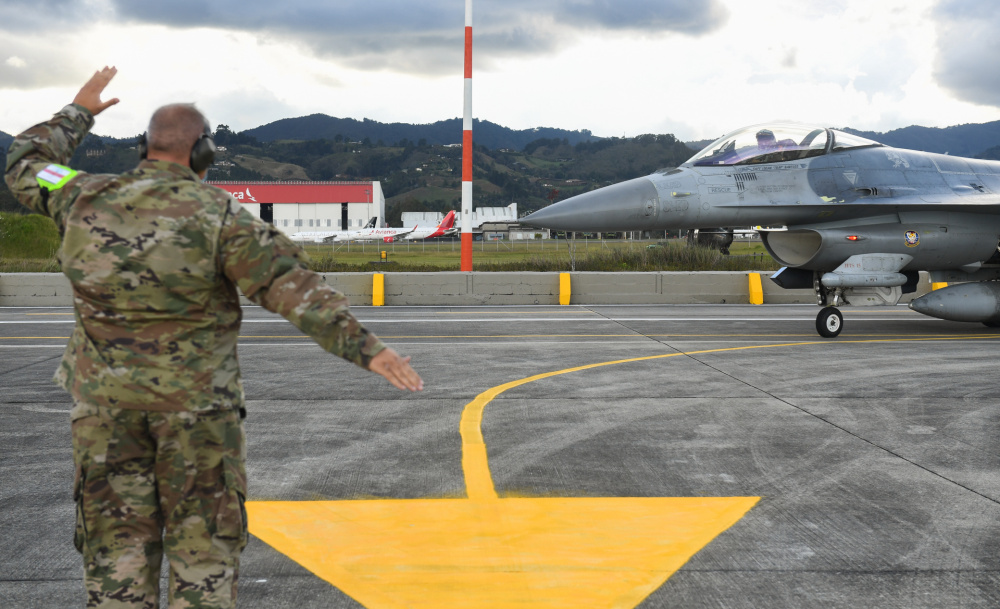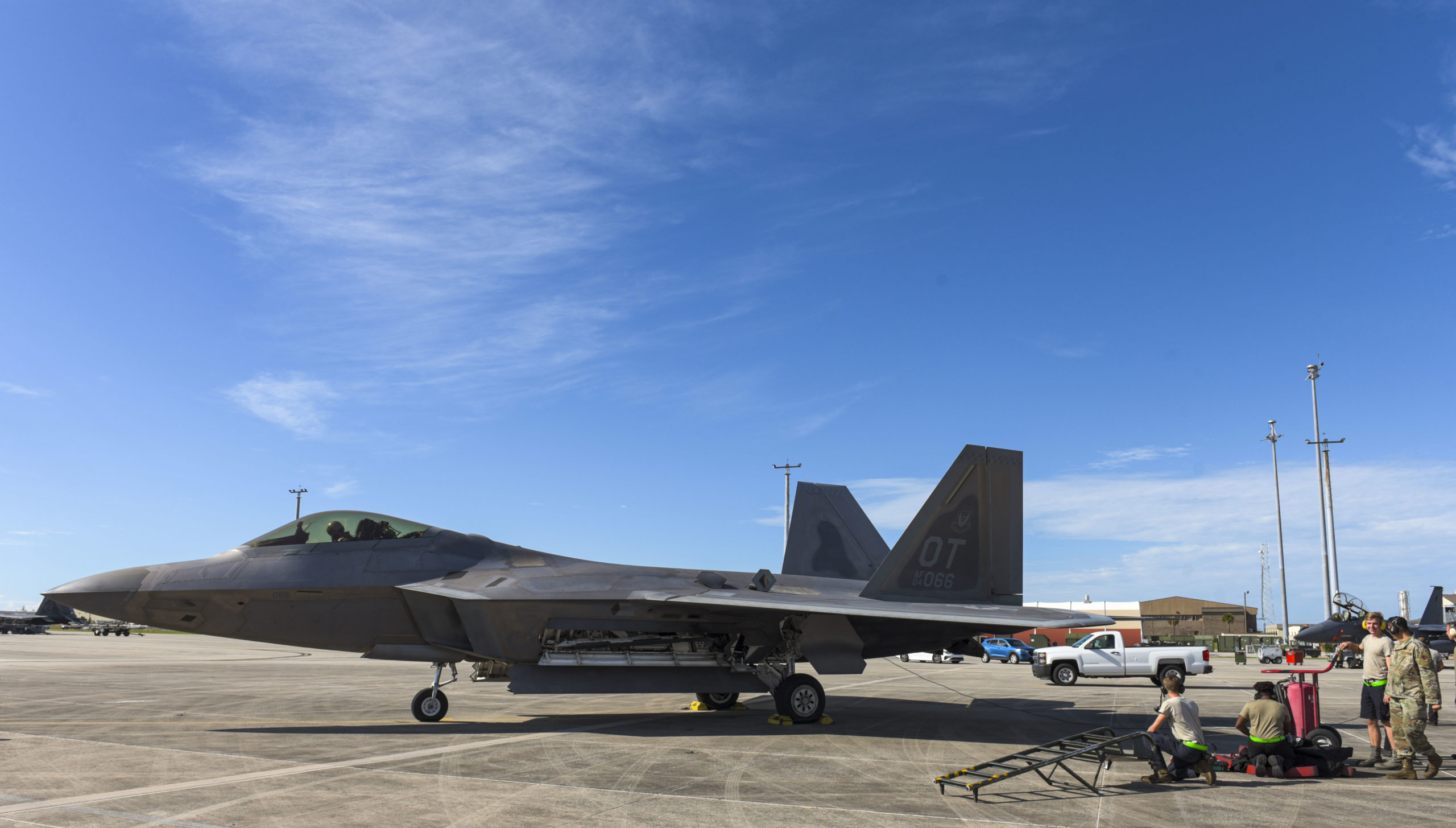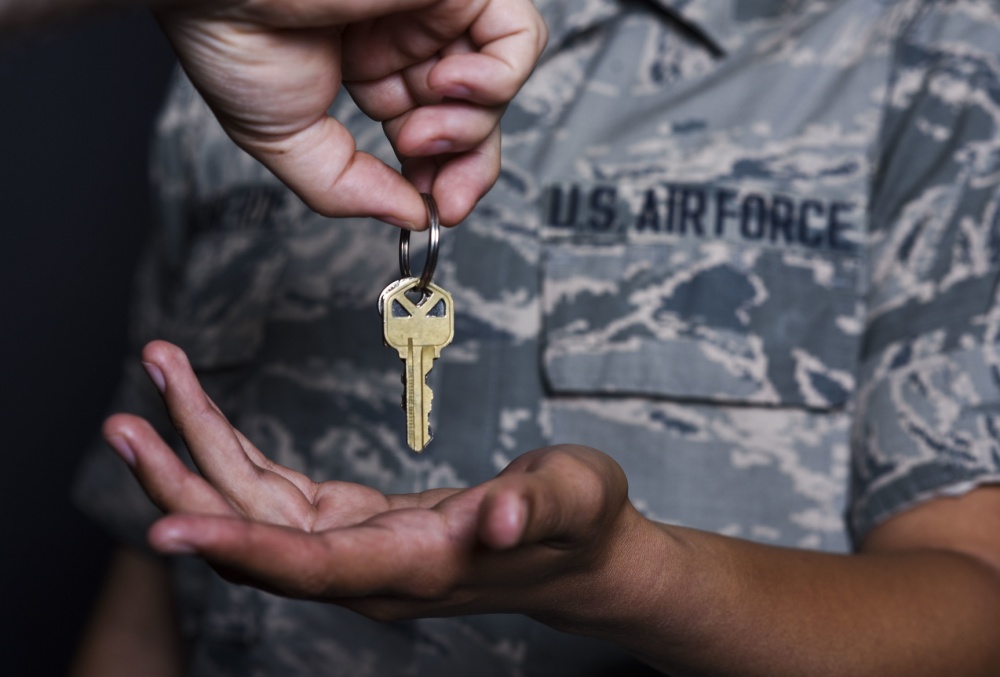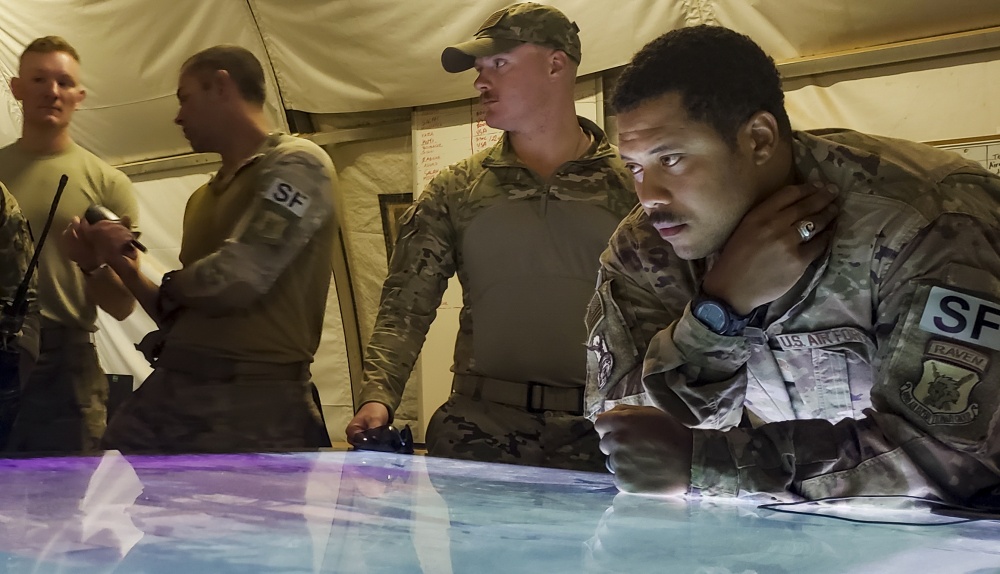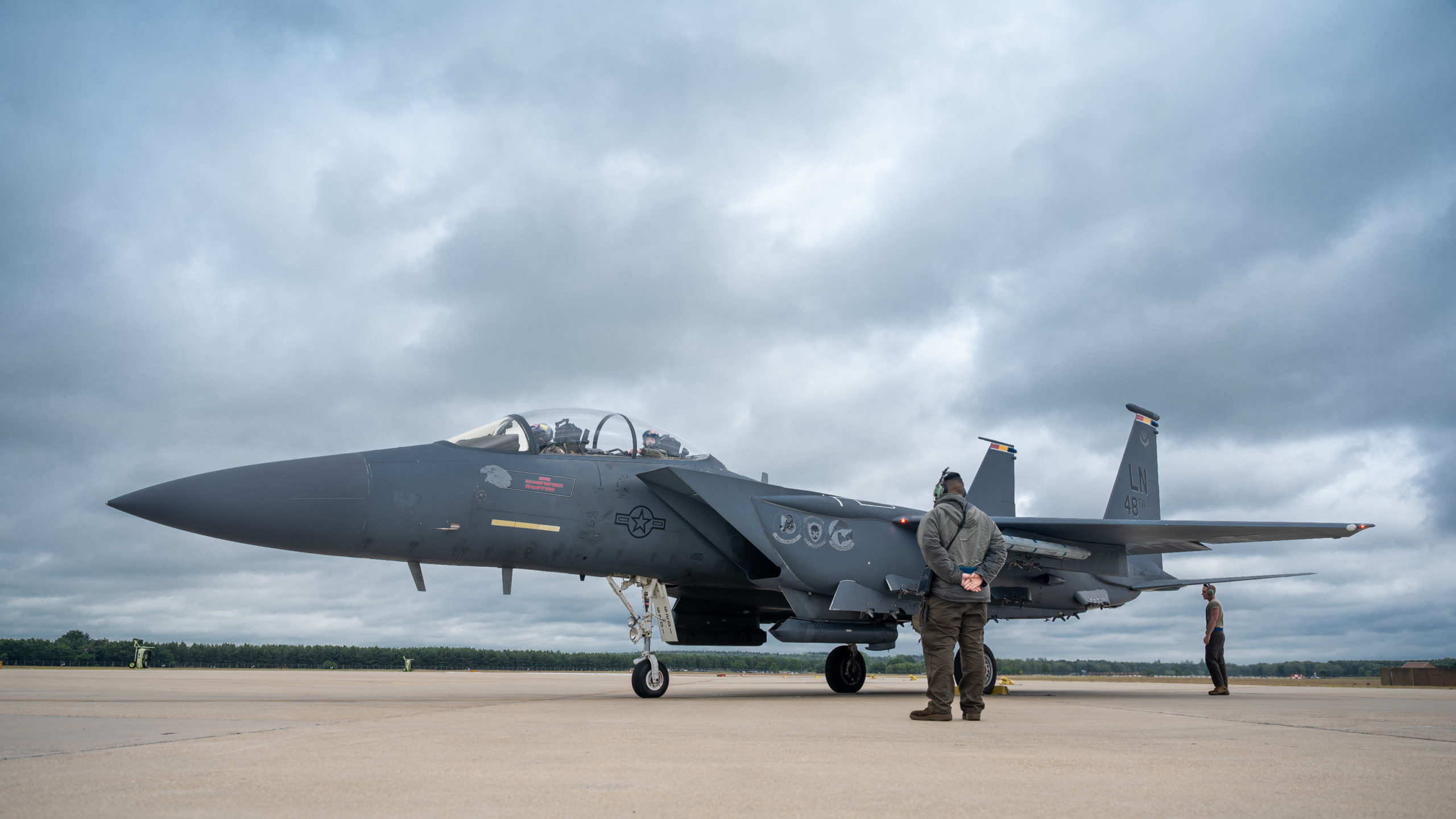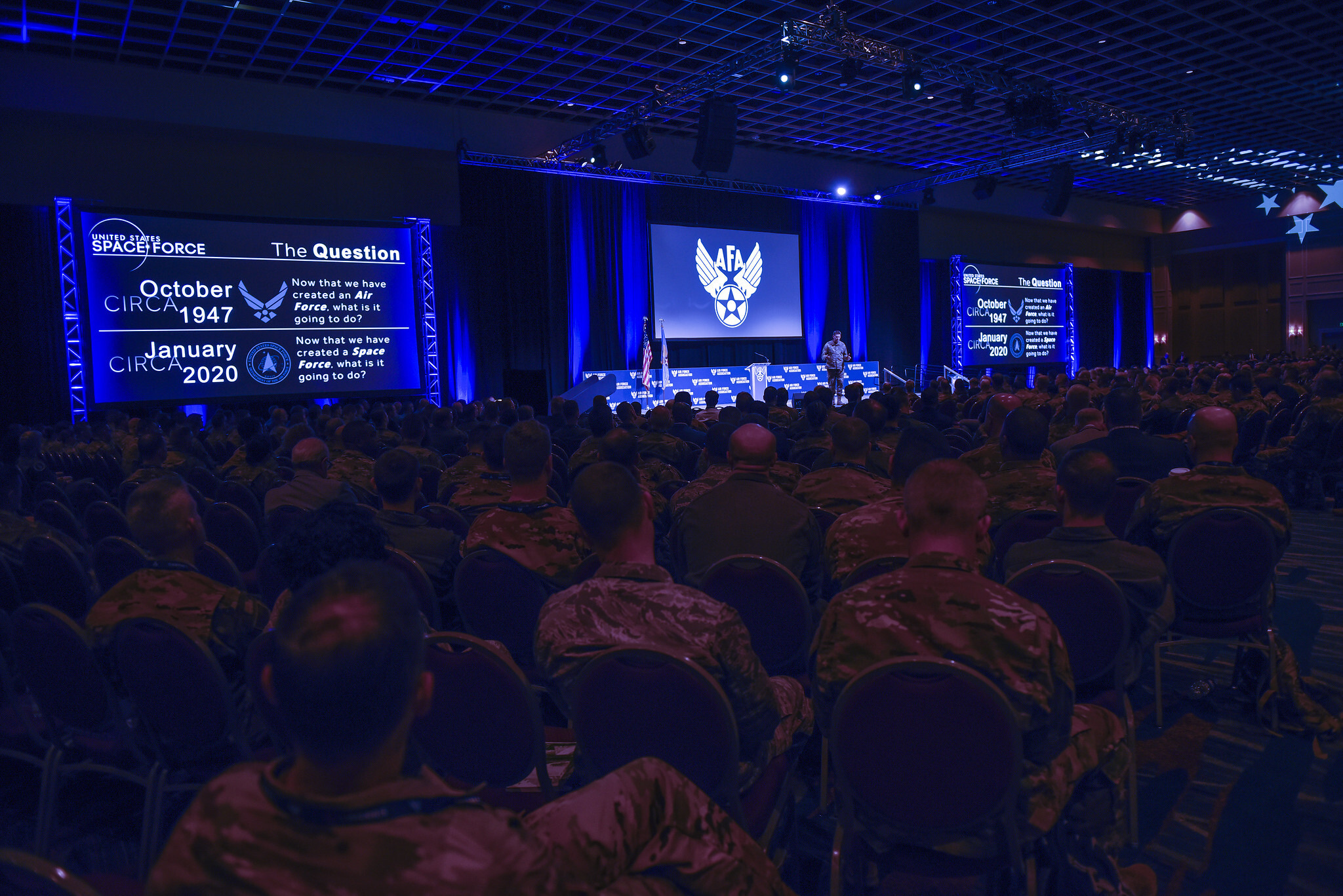Six F-16s along with Airmen from the 79th Fighter Squadron at Shaw Air Force Base, S.C., deployed to Colombia to train alongside aircraft from that nation in Exercise Relampago VI.
The annual exercise focuses on joint air-to-air training with the two nations. The F-16s and Airmen first arrived at Comando Aereo de Combat Number 5 in Rionegro on July 1.
The exercise gives Shaw Airmen the chance to fly and operate in a different location than they are used to, said Lt. Col. William McDowell, commander of the 79th Expeditionary Fighter Squadron and 474th Expeditionary Support Squadron.
“It’s important that we train like we fight,” McDowell said in a 12th Air Force video. “The opportunity to come to Colombia, to solve problems, to work with the terrain, the different airport restrictions [in] someplace, honestly, that’s not austere but doesn’t have everything we’re used to gives us training and readiness that we can’t get when we just go from Shaw to Nellis [Air Force Base, Nev.]”
F-16 pilots can start to operate on “autopilot” moving from USAF base to USAF base, but operating in Colombia meant they did not know what to expect.
To support the exercise, C-17s flew in Mobile Aircraft Arresting Systems so the F-16s could operate at the base.
Colombia, which joined NATO in 2017, has shown it is capable, and the exercise will provide valuable training to both sides, McDowell said.
“We are flying with and against a very capable air force,” he said in the video. During the exercise, the aircraft are “practicing close air tactics, fighter fundamentals, advanced tactics, really kind of push-the-limits to see that both of our air forces and our talented pilots hone their skills to become that much better.”
